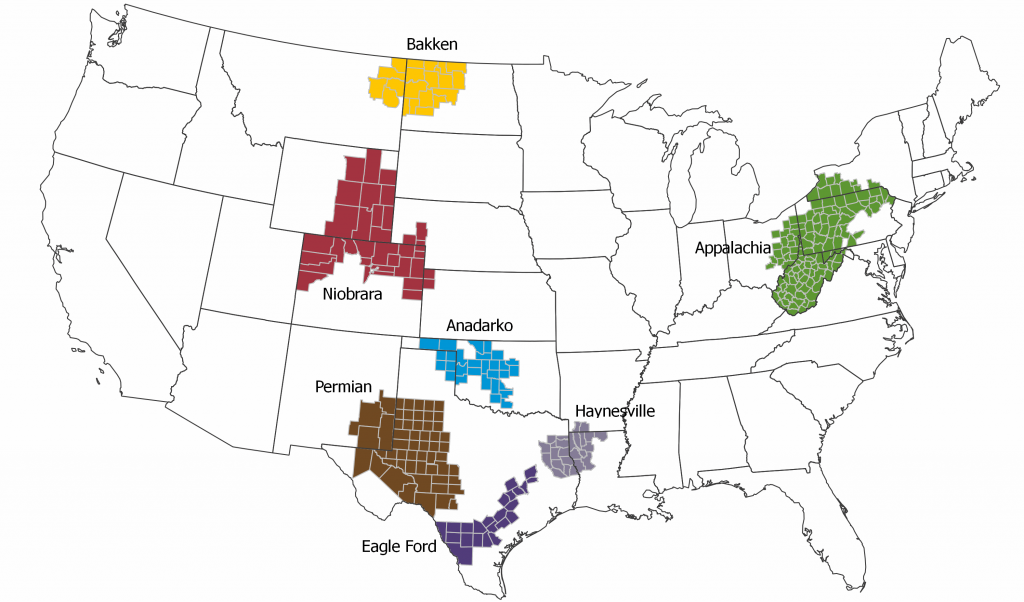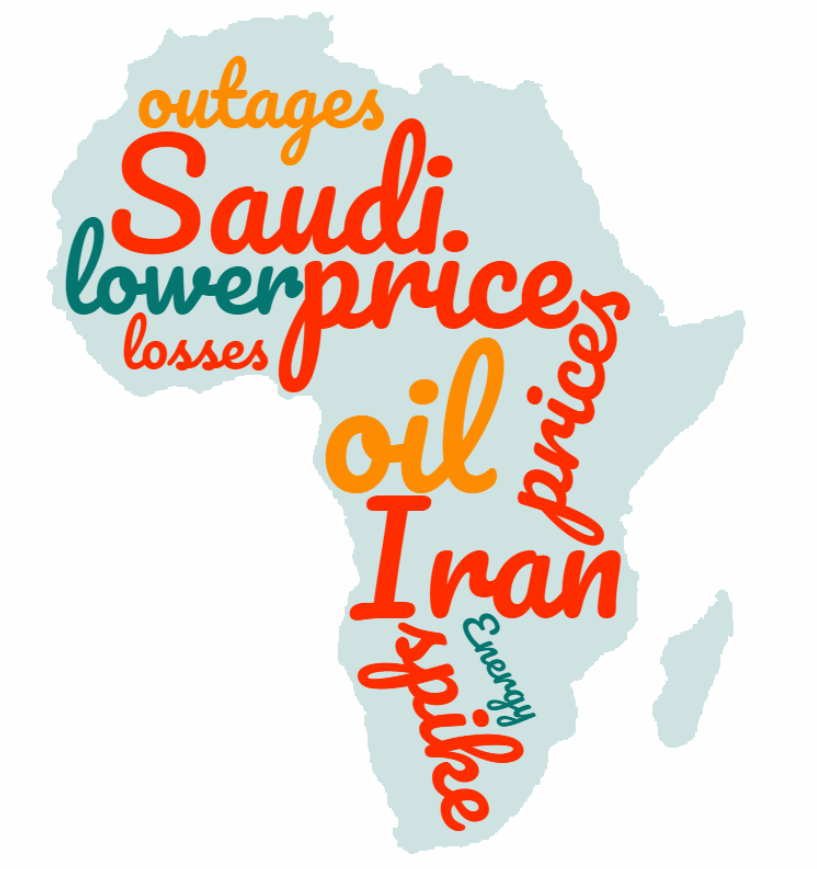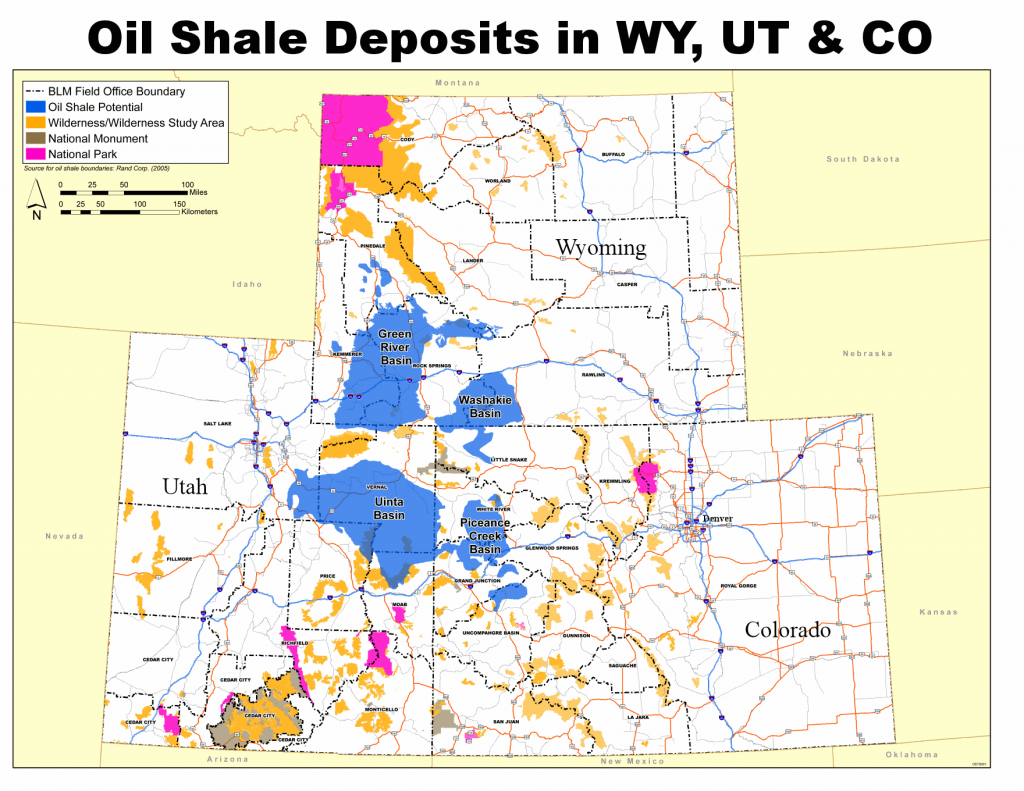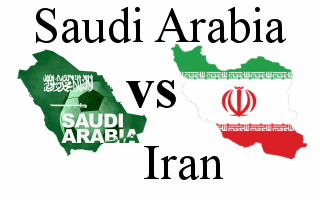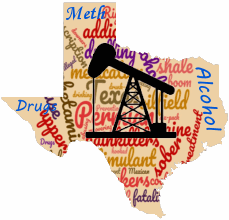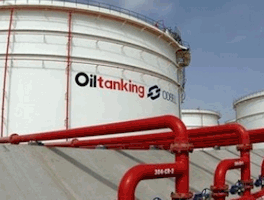Huge Backlog Could Trigger New Wave Of Shale Oil
Why would a company spend millions of dollars to drill an oil well and then not finish it? There are a couple of reasons. Thanks to rapid advancements in drilling technology shale oil wells can actually be drilled faster than they can be completed. This can result in a high inventory of uncompleted wells called “drilled but uncompleted wells (DUCs)”. But when the U.S. Energy Information Administration (EIA) counts DUCs they don’t count the recently completed ones to allow time for completion.
Huge Backlog Could Trigger New Wave Of Shale Oil Read More »

